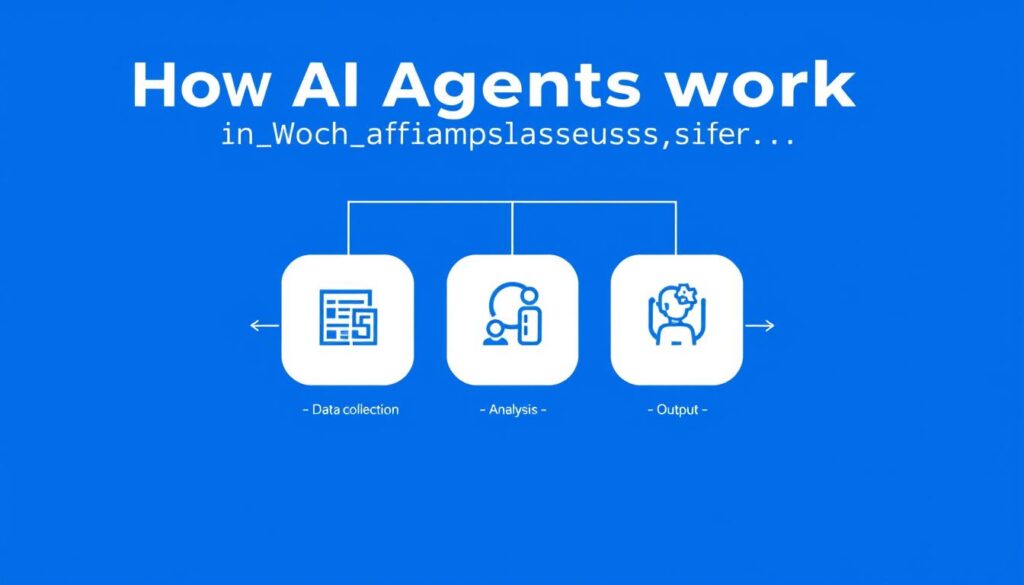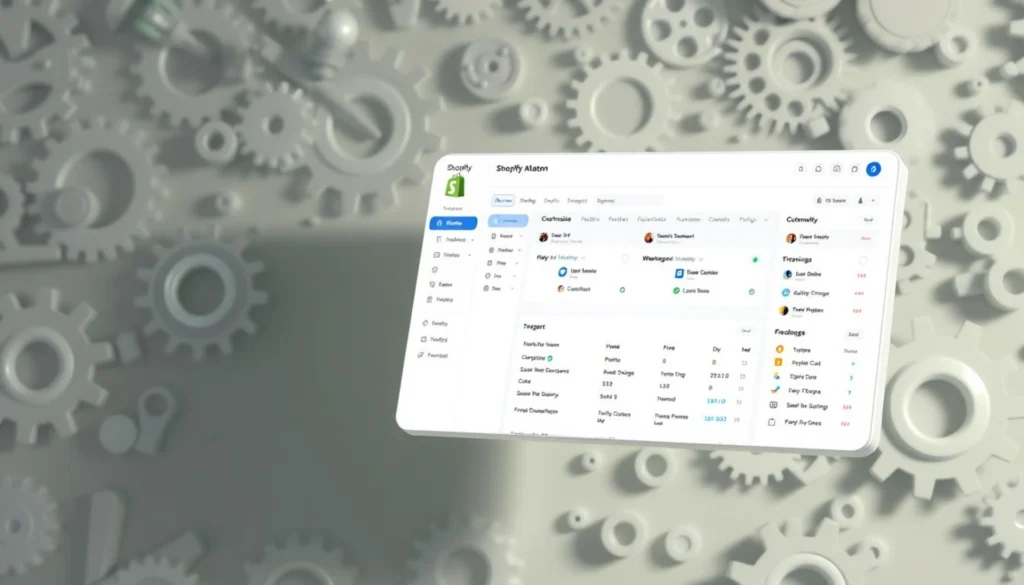What if the way you build software leaves dangerous gaps that attackers already know how to exploit? Traditional “bolt-on” security checks at the end of development cycles no longer work in today’s fast-paced digital landscape. Modern threats demand protection baked into every line of code, every toolchain, and every team workflow.

Recent updates to the Department of Defense’s development guidelines highlight this urgency. Their focus? Transforming how large organizations secure software supply chains by embedding safeguards directly into automated pipelines. This shift recognizes that security can’t be an afterthought when building critical applications and infrastructure.
I’ll break down how leading teams merge development, operations, and cybersecurity into a single streamlined process. We’ll explore why manual audits fail against sophisticated attacks and how automated checks in CI/CD systems create airtight defenses. You’ll see real-world examples of “software factories” that deliver value faster while hardening their systems against breaches.
Key Takeaways
- Traditional security models struggle to keep pace with automated development cycles
- Government guidelines now mandate built-in protection for software supply chains
- Combining people, tools, and processes creates resilient development ecosystems
- Modern threats require security checks at every pipeline stage
- Automated safeguards in CI/CD systems prevent costly late-stage vulnerabilities
Best Practices for Integrating Security into Your CI/CD Pipeline
How do you ensure security keeps pace with rapid development cycles? The answer lies in strategic alignment between security protocols and automation workflows. By embedding safeguards directly into pipeline stages, teams prevent vulnerabilities from becoming roadblocks.

Aligning Security Strategies with CI/CD Goals
Start by mapping security requirements to development milestones. I recommend creating risk-based SLAs that prioritize critical vulnerabilities. For example, high-severity issues in payment systems demand faster resolution than low-risk UI bugs.
This approach requires clear policies. Group vulnerabilities by type and impact level. Attach specific response timelines to each category. Development and security teams then share accountability for meeting these benchmarks.
Leveraging Automation and Standardized Processes
Manual security checks crumble under CI/CD speed. Automated scanners in build stages catch 83% more flaws than late-stage audits. Tools like SAST and DAST integrate directly into pipelines, running tests without slowing deployments.
| Vulnerability Type | Severity | SLA Response | Required Action |
|---|---|---|---|
| SQL Injection | Critical | 4 hours | Block deployment |
| XSS | High | 24 hours | Patch before release |
| Outdated Library | Medium | 7 days | Update in next sprint |
Standardized processes ensure consistency across teams. Security gates at code commit and pre-deployment stages become non-negotiable checkpoints. This framework allows flexibility in tools while maintaining rigorous standards.
Securing the Software Supply Chain and Tool Integration
Modern applications rely on thousands of third-party parts. Without clear visibility, hidden flaws in these components can cripple entire systems. That’s why transparency becomes your first line of defense against supply chain attacks.

Enhancing SBOM Transparency and Dependency Visibility
Software Bills of Materials (SBOMs) act like ingredient labels for code. They list every component, version, and dependency in your application. I’ve seen teams reduce remediation time by 40% using SBOMs to trace vulnerable libraries.
Open source parts now make up 90% of typical applications. Tools like Sonatype Nexus Repository centralize component storage. This creates a single source of truth across development and deployment phases.
Implementing Automated Compliance Testing and Policy Enforcement
Manual reviews can’t scale with modern release speeds. Automated checks at pipeline entry points stop bad components before they spread. Repository Firewall tools block malicious packages using predefined rules.
| Component Type | Common Risks | Detection Tools |
|---|---|---|
| Open Source Libraries | Known CVEs | Sonatype Lifecycle |
| Container Images | Misconfigurations | Clair Scanner |
| Proprietary Code | License Violations | FOSSA |
Utilizing Sonatype and Other Security Platforms
Sonatype Lifecycle automates component scanning during builds. It generates SBOMs in CycloneDX format while checking against vulnerability databases. This shift-left approach catches risks before they reach production.
Integration matters. Choose platforms that fit existing tools without slowing workflows. Effective solutions provide alerts through Slack or Jira, keeping teams moving while addressing critical issues.
enterprise DevSecOps: Key Considerations and Cultural Shifts
Why do security initiatives often clash with development deadlines? The answer lies in fragmented workflows where protection measures compete with speed. Recent Department of Defense guidelines reveal a critical insight: sustainable security requires cultural alignment across every team and process.
Embedding Security in the Development Culture
I’ve witnessed teams reduce deployment delays by 60% when security becomes a shared language. Start by translating vulnerability reports into action items developers understand. Instead of citing “CVE-2023-1234,” specify “Update Java library in checkout module by Friday.”
Automated guardrails prove essential. Build systems that reject code with known risks before human reviews begin. This shifts conversations from blame (“Who broke the build?”) to prevention (“How do we catch this earlier?”).
| Team | Security Role | Collaboration Tool |
|---|---|---|
| Developers | Code scanning | Git hooks |
| Operations | Runtime protection | Monitoring dashboards |
| Leadership | Policy enforcement | Risk metrics |
Break silos with joint training sessions. When QA specialists understand encryption requirements, they create better test cases. Likewise, security teams grasping sprint cycles propose realistic patching timelines.
The DoD’s Secure by Design approach succeeds because it makes protection everyone’s benchmark – not just compliance paperwork. Measure success through reduced critical bugs per release, not completed checklists. This mindset turns friction into coordinated momentum.
Final Reflections on Advancing Secure Software Delivery
Secure software delivery now demands more than speed—it requires strategic alignment between technical execution and risk management. The DoD’s approach proves that continuous monitoring transforms how teams handle vulnerabilities. Real-time visibility into code and dependencies lets organizations fix issues before they reach production.
Legislative trends are clear: proactive security is becoming mandatory, not optional. Software supply chain stability directly impacts national infrastructure. This reality pushes teams to adopt practices like automated SBOM generation and standardized compliance checks.
Scaling these concepts requires adaptable frameworks. The software factory model succeeds when teams balance automation with context-specific needs. Cloud-native environments, for example, might prioritize container scanning over traditional SAST tools.
Measure progress through metrics that matter. Track reduced incident response times or compliance audit costs. Show stakeholders how integrated security accelerates delivery while cutting remediation expenses.
Looking ahead, expect tighter regulations and smarter threat detection tools. AI-driven code analysis and policy-as-code implementations will become standard. Teams that master cultural collaboration today will lead tomorrow’s secure development landscape.
Start small but think holistically. Pair automated guardrails with cross-team training programs. Remember: resilient systems emerge when security becomes how we build, not just what we build.





